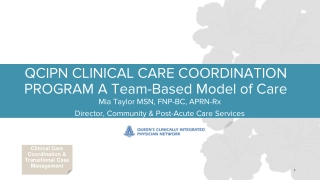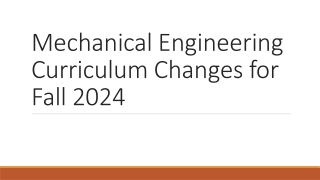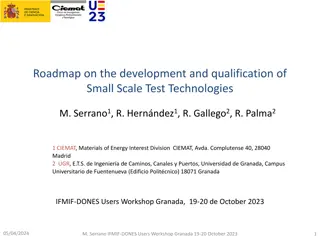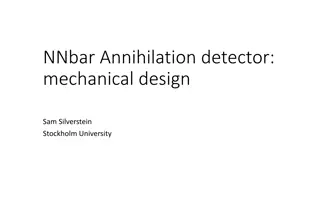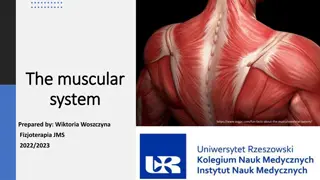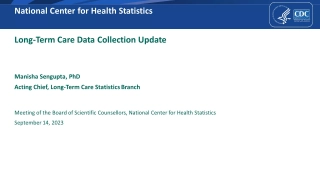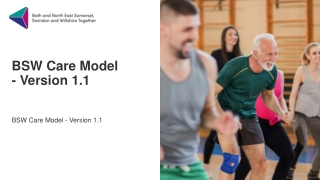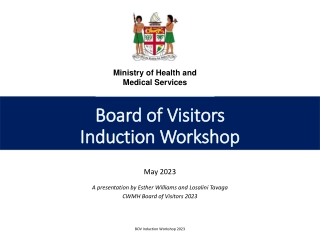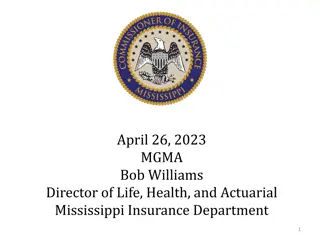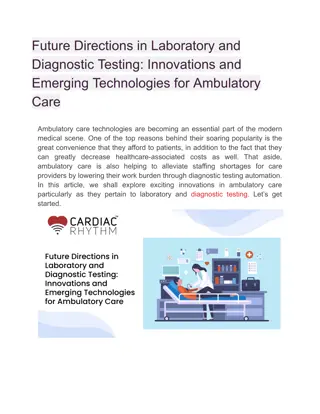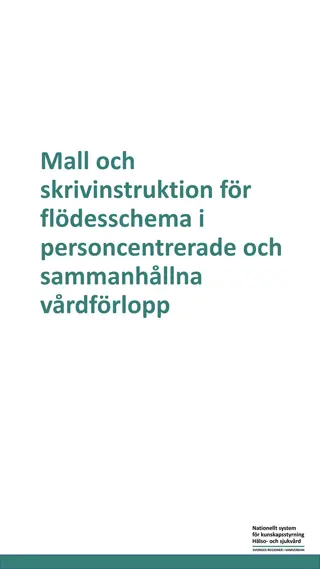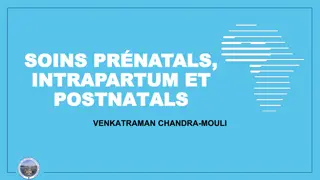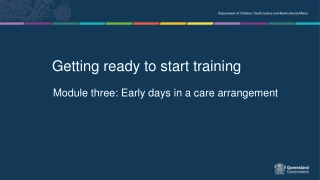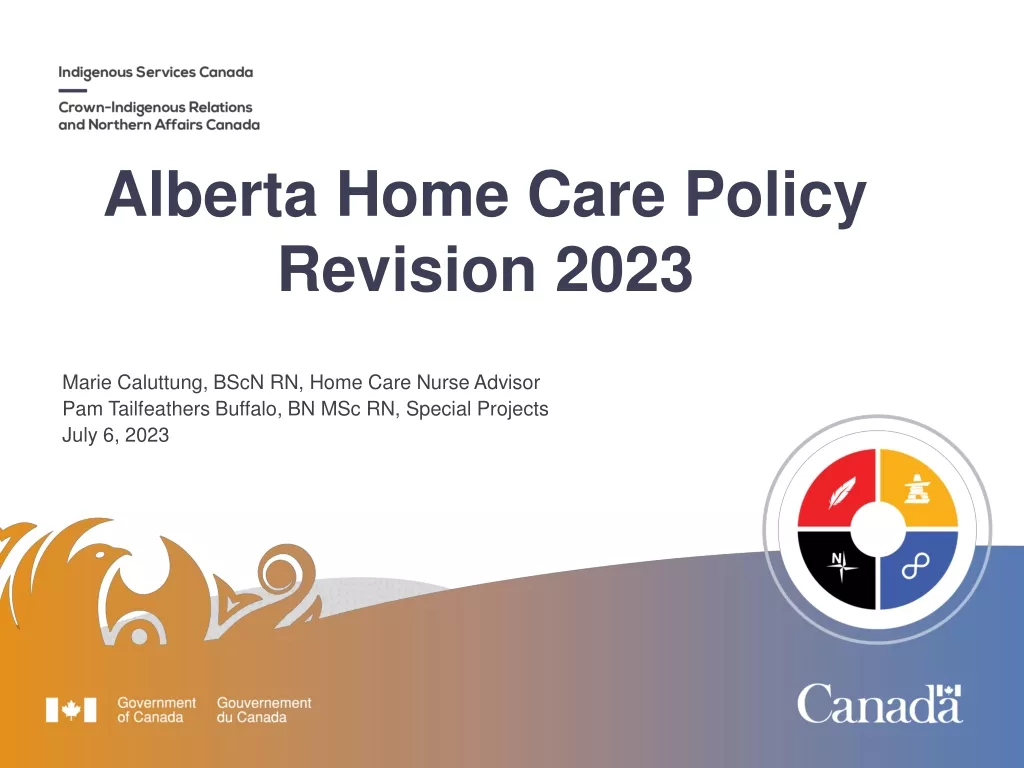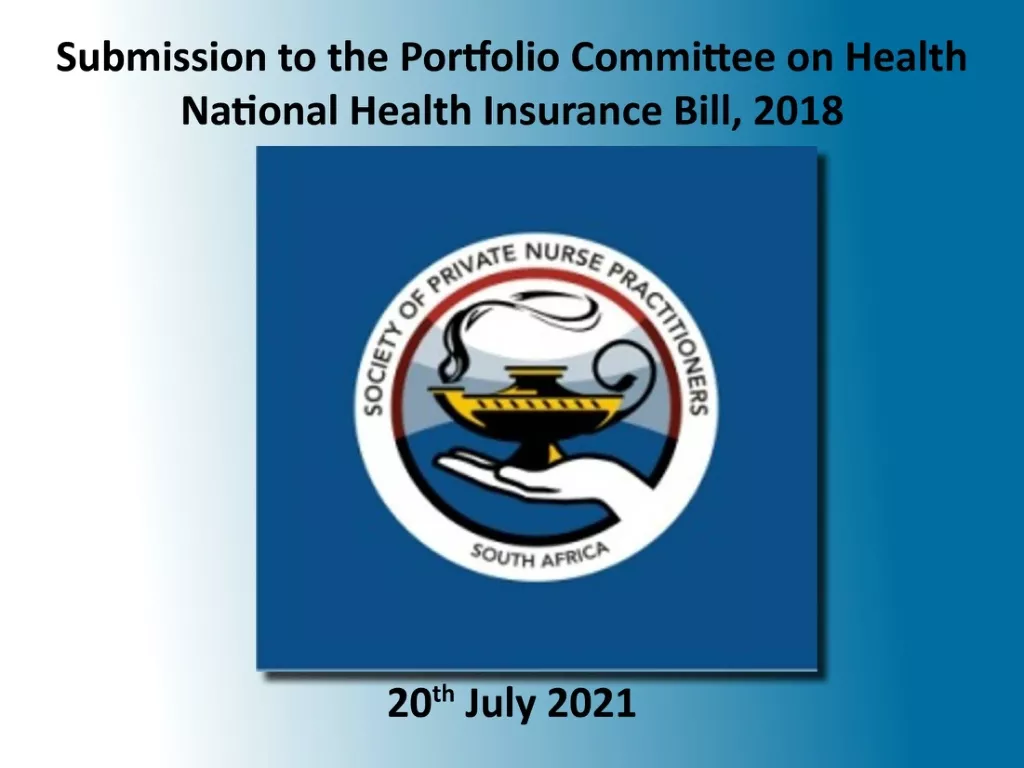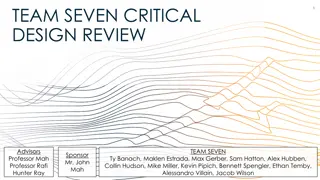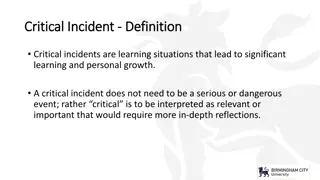Overview of Mechanical Ventilation in Critical Care
Discussing the indication, modes, variables, and controls of mechanical ventilation as well as the differences between volume and pressure control. Exploring assist control, synchronized intermittent mandatory ventilation, and other key aspects of ventilator management by Dr. Zia Arshad.
Overview of Mechanical Ventilation in Critical Care
PowerPoint presentation about 'Overview of Mechanical Ventilation in Critical Care'. This presentation describes the topic on Discussing the indication, modes, variables, and controls of mechanical ventilation as well as the differences between volume and pressure control. Exploring assist control, synchronized intermittent mandatory ventilation, and other key aspects of ventilator management by Dr. Zia Arshad.. Download this presentation absolutely free.
Presentation Transcript
Mechanical Ventilation Dr. Zia Arshad MD, FRCP (Edin.), FCCM, FIACM, MNAMS Professor Department of Anaestheiology & Critical Care King George s Medical University Lucknow
Indication Mode Variable Initiation of mechanical ventilation Goal Monitoring Ventilator alarms and there trouble shooting Weaning from ventilator Complication
indication For intubation For ventilation Respiratory failure Neuromuscular disorder
Modes CMV AC SIMV PRVC PS ASV,APRV
variable Respiratory rate Tidal volume PEEP I:E Ratio Pressure support Trigger (Pressure/Flow) Pressure limit
Controlled Mandatory ventilation All breaths are mandatory Preset frequency, inspiratory time/Inspiratory flow Pressure or volume control Trigger: Time Limit: Volume, flow or pressure Cycle: Time, volume
Volume vs. Pressure Control Volume Preset Pressure Preset Set parameter is the tidal volume; airway pressure is variable Set parameter is airway pressure; tidal volume delivered is variable Constant tidal volume in the face of changing lung characteristics Tidal volume varies with changes in lung characteristics Patient-ventilator asynchrony due to fixed flow rate Flow will vary according to patient's demands No leak compensation Compensates for leaks
Assist control Like CMV Each additional assisted breath at prefixed tidal volume or pressureTrigger: ventilator or patient Limit: Flow / volume or Pressure Cycling: volume or time
Synchronised intermittent mandatory ventilation Synchronised mandatory breaths with spontaneous breaths allowed in between Ventilator creates a time window around the scheduled delivery of mandatory breath If a patient effort is detected, it synchronises the machine breath with the patient s inspiration If no patient effort is detected, it delivers a breath at the scheduled time
SIMV Mode Flow (L/min) Pressure (cm H2O) Volume (ml) Time (sec) Spontaneous Breath
Pressure Support Completely spontaneous mode in which patient triggers each breath On inspiration patient exposed to a preset pressure Inspiration is terminated when the flow rate reaches a minimum level or % of peak flow Trigger: Patient Limit: Pressure Cycling: flow
Initiating Mechanical Ventilation Check ventilator assembly: power connection, circuit connection, HME filter catheter mount, gas connections Switch on ventilator, check on test lung Begin Preoxygenation (aerosol precaution) Watch for Hypotension Infuse Fluids Start Mechanical Ventilation A/C:TV=350-450, RR=20-30, FIO2= 60-100% Peak Flow rate 40-60 l/min PEEP=5-10, I:E=1:2, Sens= -0.8 - 2
GOAL OXYGENATION GOAL: PaO255-80 mmHg or SpO2 88-95% PLATEAU PRESSURE GOAL: 30 cm H2O pH GOAL: 7.30-7.45 Acidosis Management: (pH < 7.30) If pH 7.15-7.30: Increase RR until pH > 7.30 or PaCO2 < 25 (Maximum set RR = 35). If pH < 7.15: Increase RR to 35. If pH remains < 7.15, TVmay be increased in 1 ml/kg steps until pH > 7.15 (Pplat target of 30 may be exceeded). (Max TV =8, Min TV=4 ml/kg) Alkalosis Management: (pH > 7.45) Decrease vent rate if possible.
Monitoring Heart rate SpO2 Respiratory rate Pattern of respiration and signs of respiratory distress Blood pressure ETCO2 Expired tidal volume: equal to set tidal volume (leaks) Peak pressure, Plateau pressure (< 30 mm Hg)
Ventilator alarms and troubleshooting Alarms Priority Causes Steps Electrical power/ gas delivery/ Battery Highest Disconnection of power supply or oxygen source Connect the power or Oxygen source Low airway pressure High Disconnection or volume leak, in appropriate alarm setting Connect ventilator, check alarm setting High airway pressure High Obstruction to flow, pneumothorax and other compliance problem (fluid overload/ abdominal hypertension) Check for Ppeak and Pplat (diff <3-5) if both high: Compliance problem (pneumothorax etc) If Ppeak and Pplat (diff>3- 5) : Resistance problem (tube/circuit block etc): suction/change tube, bronchodilator Low Expired Vt High ETT cuff leak, Circuit leak, leak from HME filter, leak from ICD Check/change ETT, Circuit, HME filter, ICD High RR High PEEP Moderate Blocked tube/bronchoconstriction Suction/bonchodilation
Management of other problems Hypoxemia: check for disconnection, Increase Fio2, Call for help, check for tube block, fluid overload, check air entry, patient ventilator asynchrony DOPE: D: Disconnection/ Dislodging O: Obstruction, P: Pneumothorax E: Equipment failure There may exist multiple problems
Criteria for consideration for Weaning/discontinuation Underlying disease stable or improving PaO2 / FiO2 > 200 PEEP < 5-8 cmH2O FiO2 < 0.5 Reliable respiratory drive Stable CVS Minimal pressors or inotropes Absence of myocardial ischemia Capable of initiating inspiratory effort
Underlying condition has Resolved or improved and there is no other condition mandating MV Daily screening of RS function Weaning Not Ready Ready MV and Daily screening SBT T-piece or PSV 30min is enough Tolerated Not tolerated Gradual Withdrawal Once-daily T-piece PSV
Complications of MV Airway management related complications Hypotension Pneumothorax/Subcutaneous emphysema Ventilator induced lung injury Ventilator associated pneumonia
Non invasive ventilation Indication Pre requisite Contraindication Variables complications
CARRY HOME MESSAGE CoViD-19 patients usually present to ICU with ARDS. For ventilating these patients Tidal volume (TV) should be calculated by 6 ml/kg PBW. (TVmax=8 ml/kg, TVmin=4 ml/kg) Ventilating a patient with ARDS: Low TV, High RR, High PEEP and Plateau pressure < 30 cm H2O. One should be aware of monitoring and troubleshooting of mechanical ventilator. Patient should be initiated on Controlled or assist control mode of MV and once recovers can be weaned using spontaneous breathing trial.




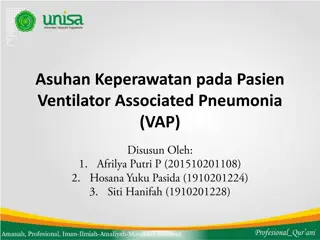
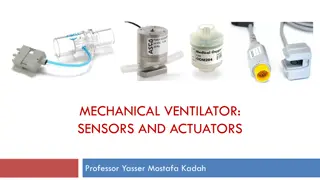
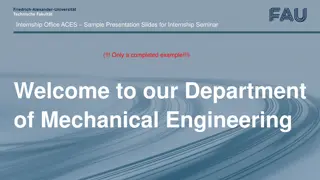
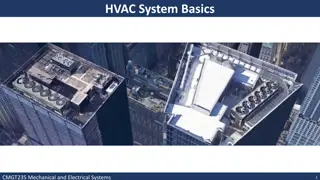
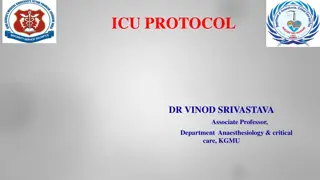

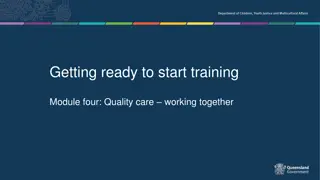

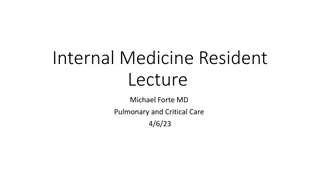
![Skincare Market Growth & Key Industry Developments [2030]](/thumb/26741/skincare-market-growth-key-industry-developments-2030.jpg)


